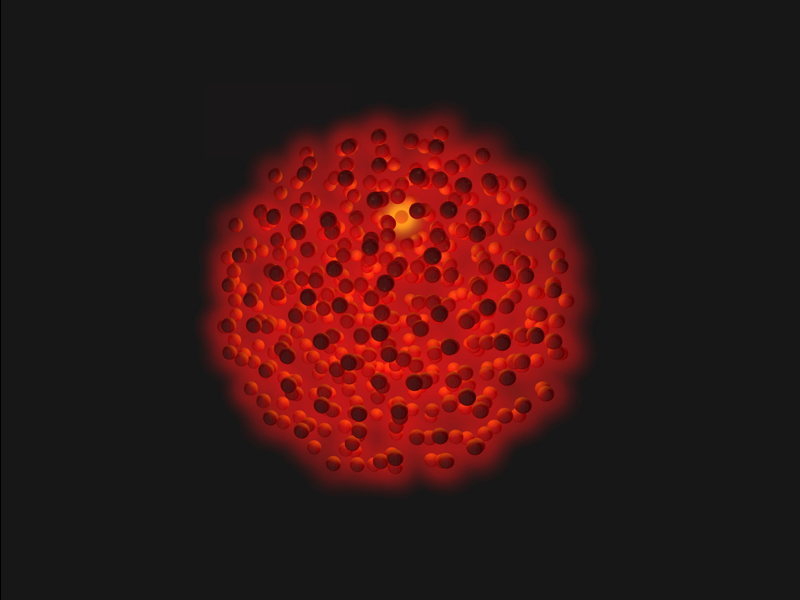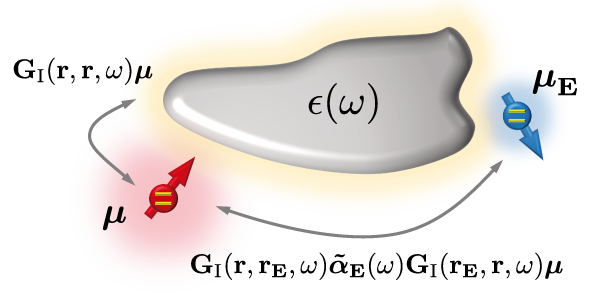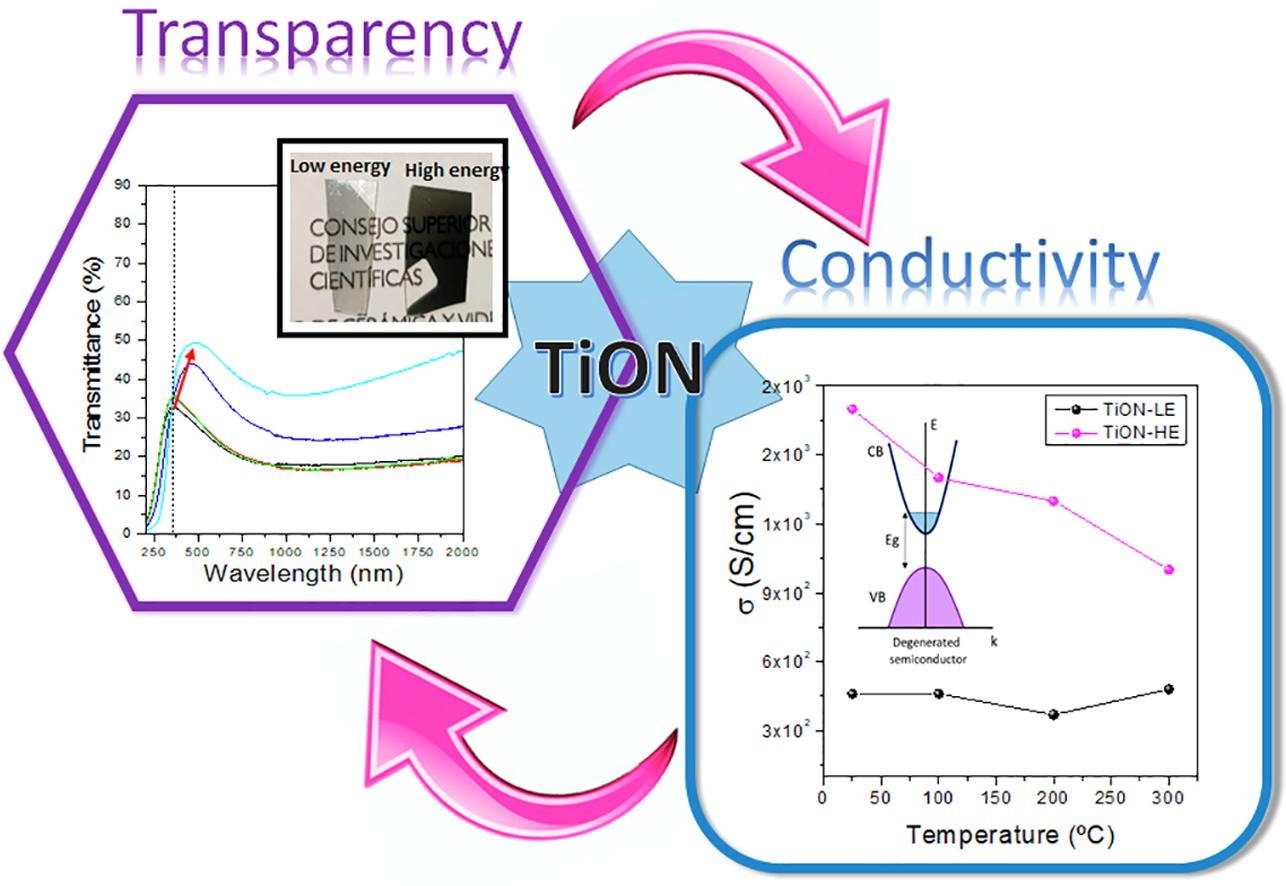Altering the Reflection Phase for Nano-Polaritons: A Case Study of Hyperbolic Surface Polaritons in Hexagonal Boron Nitride

What do you know about polaritons, a mix between photons and electrons?
Polaritons
Polaritons are excitations resulting from the mixing of photons from free space and dipole oscillations in materials, resulting in light-matter waves confined to the surface of the material.
They have a wavelength that is much shorter than that of free space light, and their material nature makes it easy to control their characteristics since they depend on the properties of the host materials. Thus, polaritons are of interest in technologies based on optical energy control, wave properties, or light-matter interactions on scales smaller than the wavelength of light, which hold promise for applications. detection, spectroscopy, biomedical treatments and energy transfer.
van der Waals materials
There is a class of materials called two-dimensional materials which, due to their weak van der Waals bonding out of plane, they are capable of being exfoliated into one or several individual layers of said material. These materials are called van der Waals materials.
The study of the polariton properties of van der Waals materials is a research frontier in light-matter interactions with demonstrated advances in nanophotonics, such as atomic-scale localization, dynamic tunability, topological protection, and photonic hybrids.
In order to delve into this phenomenon, the research team has studied the reflection mechanism of polaritons and the phase change they undergo when reflected at the vertices of van der Waals materials.

Reflection with phase change

Is the reflection of these waves simple like those of a rope tied to a wall?
No, it is important to note that the polariton wave reflections have a non-trivial phase ϕ (the complex reflection coefficient is R = reiϕ, where r is the amplitude of the reflection) due to the < a href=” https://hmong.es/wiki/Goos%E2%80%93H%C3%A4nchen_effect”>Goos-Hänchen shift (small lateral shift of the reflected wave) of evanescent waves of the polaritons in the discontinuities of the crystal. As a result, right at the discontinuities, the interference is neither constructive nor destructive, but something in between.
The work is a collaboration between the Center for Materials Research and Education in the Department of Mechanical Engineering at Auburn University, the University of New Mexico Department of Physics and Astronomy, the Kansas State University Tim Taylor Department of Chemical Engineering, the Boston College Physics Department, the University Physics Department of Alabama and the “Daza de Valdés” Institute of Optics of the CSIC





